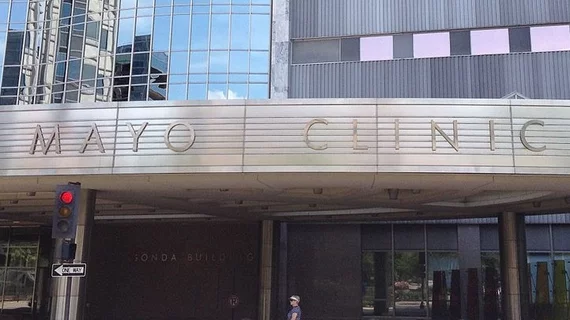Mayo Clinic, GE HealthCare launch strategic collaboration seeking to innovate in imaging and theranostics
The Mayo Clinic and GE HealthCare have launched a new strategic collaboration as the two seek to develop new innovations in medical imaging and theranostics.
Both will work in tandem to produce new research and products, aspiring to “transform the experience of patients and clinicians in the practice of radiology.”
“We are at a critical time in healthcare—technology is rapidly evolving, and we have a responsibility to drive healthcare capabilities through clinical translation and adoption of advanced technologies,” Matthew Callstrom, MD, PhD, chair of radiology at the Rochester, Minnesota-based Mayo Clinic, said in a Sept. 14 announcement from GE. “This collaboration brings our research and clinical teams’ expertise and feedback closer to product development and commercialization of innovation, ultimately accelerating the rate of translation of our research to patient care and offering greater opportunity for global impact.”
The two organizations said their work will focus on four core areas: (1) advancing MRI techniques and technologies, (2) transforming care through the development of targeted theranostic agents, (3) making ultrasound easier and faster to use, and (4) leveraging data, AI and digital health tools to improve the patient experience.
Collaboration activities and research will take place at Mayo’s Minnesota campus. GE and the noted health system said they also plan to work with other specialties impacted by radiology including cardiology, oncology, radiation oncology, vascular medicine, neurology, nuclear medicine and urology.

